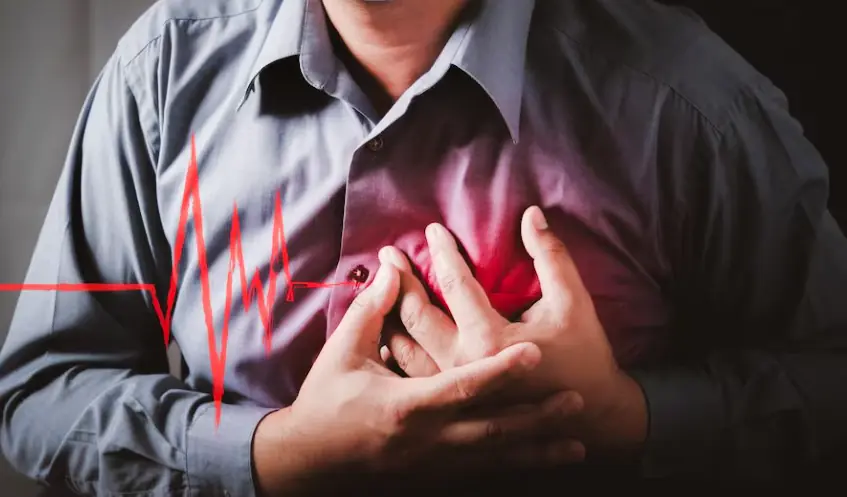
What Happens to the Body After Gallbladder Removal? 3 Diseases That May Follow – Avoid Surgery If Possible
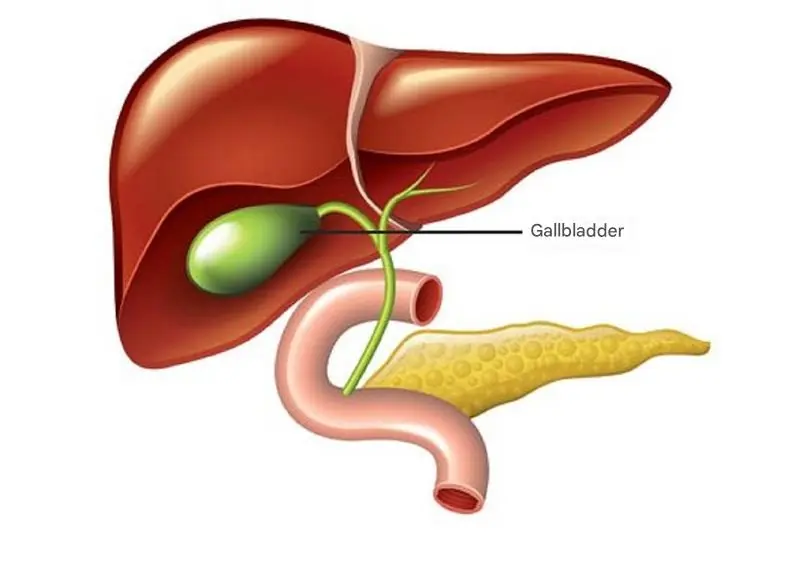
The gallbladder, a small organ located beneath the liver, is closely connected to it via the bile duct. Its main function is to store bile, acting as a diligent guardian that silently performs its vital role in the body.
When we enjoy delicious food, the gallbladder contracts, sending bile into the duodenum to help break down fats. Bile also has antibacterial properties, functioning as an invisible health defense force that maintains digestive system health.
When the gallbladder encounters problems, it is akin to turmoil in a peaceful home, leading to symptoms such as abdominal pain, nausea, and vomiting. Therefore, we should cherish and protect our gallbladder health.
Should the Gallbladder Be Removed If Gallstones Are Found?
The necessity of gallbladder removal depends on the type of gallstones and the severity of symptoms. If the stones are small and cause no significant discomfort, doctors typically recommend conservative treatment with regular monitoring.
However, if gallstones cause severe symptoms or complications such as cholecystitis, cholangitis, or if the stones are too large or numerous, doctors may advise gallbladder removal.
In summary, whether gallbladder removal is necessary depends on the type of gallstones, symptom severity, and other related factors.
How Does the Body Change After Gallbladder Removal?
1. Reduced Fat Digestion Ability
One of the gallbladder’s primary functions is to store bile, which contains cholesterol and bile salts that help digest fats. Without the gallbladder, bile storage and release are affected, making fat digestion and absorption more challenging.
2. Indigestion
Since bile aids fat absorption and the gallbladder serves as its reservoir, its removal leads to continuous rather than intermittent bile release into the duodenum. This change may impair digestion, causing bloating and belching.
3. Disruption of Gut Bacterial Balance
Bile contains antimicrobial components that help maintain gut health. Without a gallbladder, bile flow changes, potentially disrupting gut bacteria balance and increasing the risk of intestinal infections and inflammation.
4. Bile Reflux
Gallbladder removal may cause bile to flow rapidly into the stomach, leading to bile reflux, which can result in stomach discomfort. The high acidity and bile salt content in bile may irritate the stomach lining, causing discomfort.
5. Dietary Adjustments
Some individuals experience bile reflux post-surgery, leading to symptoms such as nausea and heartburn. To minimize discomfort, they may need to reduce high-fat foods, particularly fried and strongly flavored foods, while increasing fiber intake and avoiding overeating and excessive alcohol consumption.
6. Sleep Disruptions
The primary effect of gallbladder removal is impaired fat digestion and absorption. However, individual health conditions vary. Some people experience sleep disturbances post-surgery, including poor sleep quality, anxiety, and insomnia. Fortunately, with proper adjustment, sleep quality can improve.
3 Diseases That May Follow – Avoid Surgery If Possible
1. Reflux Gastritis
Although bile production continues after gallbladder removal, its secretion decreases and lacks concentration, weakening digestion. If difficult-to-digest or high-fat foods are consumed, bloating and diarrhea may occur, and bile reflux may lead to reflux gastritis.
2. Colon Cancer
Post-surgery, the body may face additional risks, particularly an increased likelihood of colon cancer. After gallbladder removal, secondary bile acid levels in the body increase, irritating the colon and raising the risk of cancerous changes.
Studies indicate that individuals who have undergone gallbladder removal face a higher risk of colon cancer than the general population. Thus, gallbladder removal should be considered only when absolutely necessary to prevent the loss of its protective functions and reduce colon cancer risk.
3. Common Bile Duct Stones
Once the gallbladder is removed, the common bile duct assumes its role. However, without the gallbladder to store bile, pressure on the common bile duct increases, causing compensatory dilation. This prolonged bile stagnation heightens the risk of bile duct stones.
Recommended Diet After Gallbladder Removal
1. Easily Digestible Foods
Post-surgery, liver, gallbladder, and digestive functions may be temporarily impaired, making food absorption difficult. Patients should opt for liquid or semi-liquid foods, such as lotus root starch or egg custard, which provide energy while easing digestive burden.
2. High-Quality Protein Foods
Protein is essential for bodily functions and wound healing. Consuming high-quality protein aids post-surgical recovery. Suitable sources include eggs, milk, fish, beef, and shrimp.
3. Whole Grains
After gallbladder removal, immunity may be relatively low, necessitating proper nutrition. A well-balanced diet should include a variety of whole grains such as peanuts, sunflower seeds, walnuts, almonds, and pistachios.
However, avoid fried or heavily processed versions of these foods. Opt for natural, unflavored varieties. Peanuts, in particular, help nourish the stomach and improve digestive function.
Extended Reading: How Long After Gallbladder Surgery Can One Be Discharged?
Typically, discharge occurs within 1 to 3 days post-surgery. Gallbladder removal is a common laparoscopic procedure, and post-surgical monitoring ensures no complications arise before discharge.
On the first day after surgery, doctors evaluate pain levels, wound healing, and dietary tolerance to determine discharge eligibility. If no significant complications occur and normal eating, urination, and movement are possible, patients are usually discharged on the second or third day.
Conclusion
After discharge, avoid smoking and alcohol consumption. Eat small, frequent meals, with a light diet that is easy to digest. Prevent staying up late or catching a cold, and engage in appropriate exercise. Following these dietary and lifestyle habits can promote recovery. Generally, within three months post-surgery, patients can gradually return to their pre-surgery diet.
News in the same category


What Happens to the Body After Gallbladder Removal? 3 Diseases That May Follow – Avoid Surgery If Possible
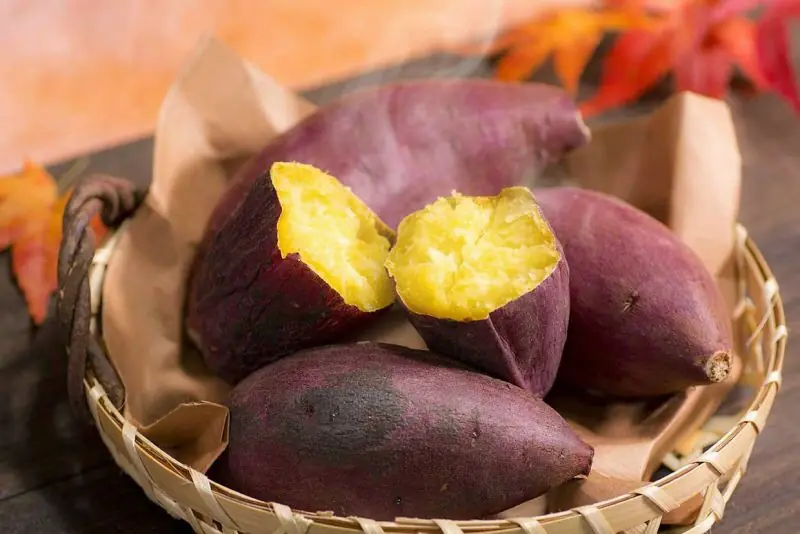
The Habit of Eating Sweet Potatoes for Breakfast: 3 Amazing Benefits for a Healthier You!
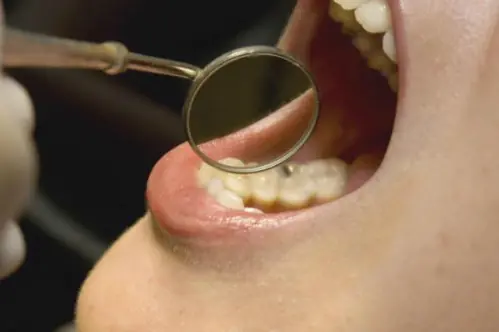
Can Ignoring Abnormal Symptoms Lead to Oral Cancer? 6 Warning Signs That Demand Early Check-Ups
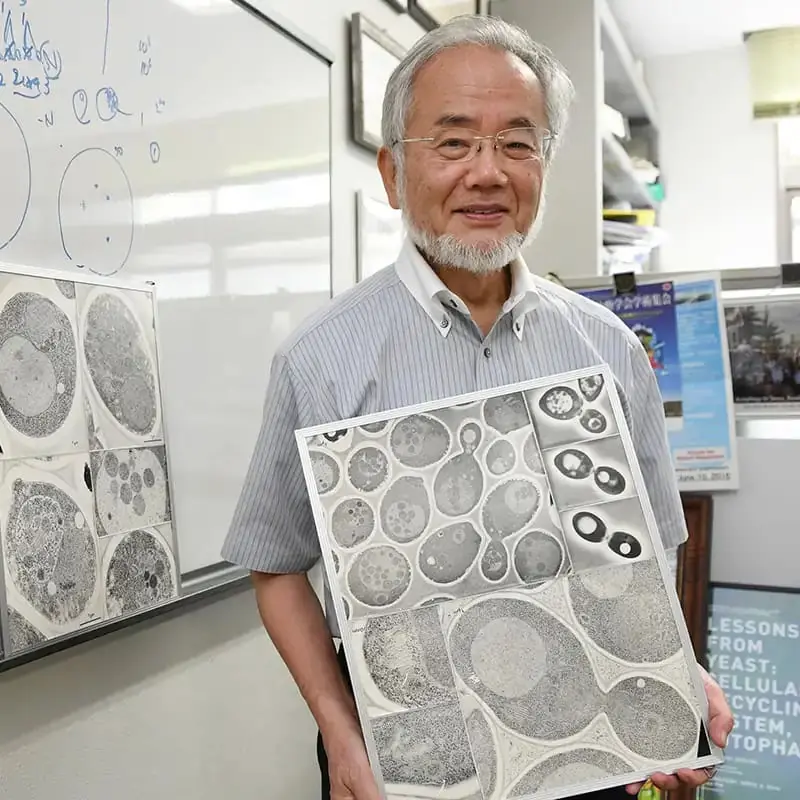
When The Body Is Hungry Or Fasting It Starts A Process Called Autophagy Which Begins To Regenerate The Immune System
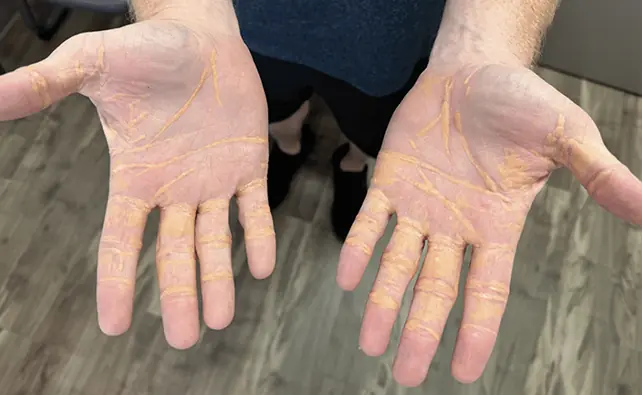
Man's Carnivore Diet Causes Strange Yellow Deposits on Skin Health
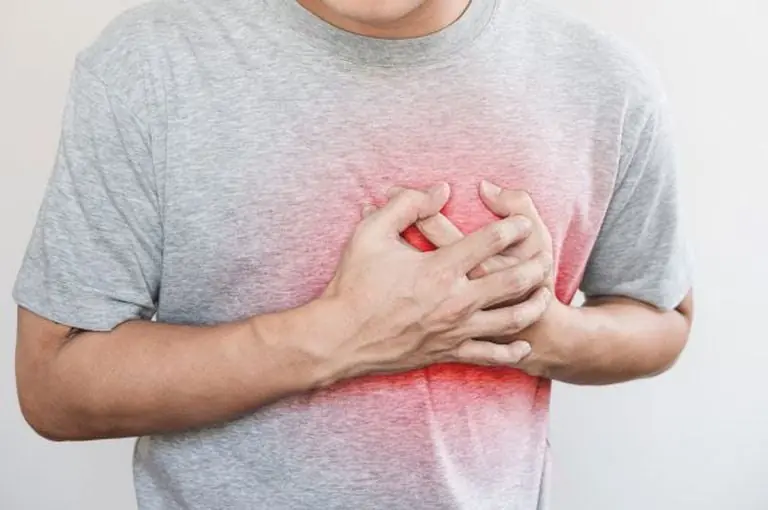
12 WARNING SIGNS OF A HEART ATTACK YOU SHOULD NOT IGNORE

Pope Francis in Critical Condition After Prolonged Respiratory Crisis: Sepsis Risk Threatens His Life
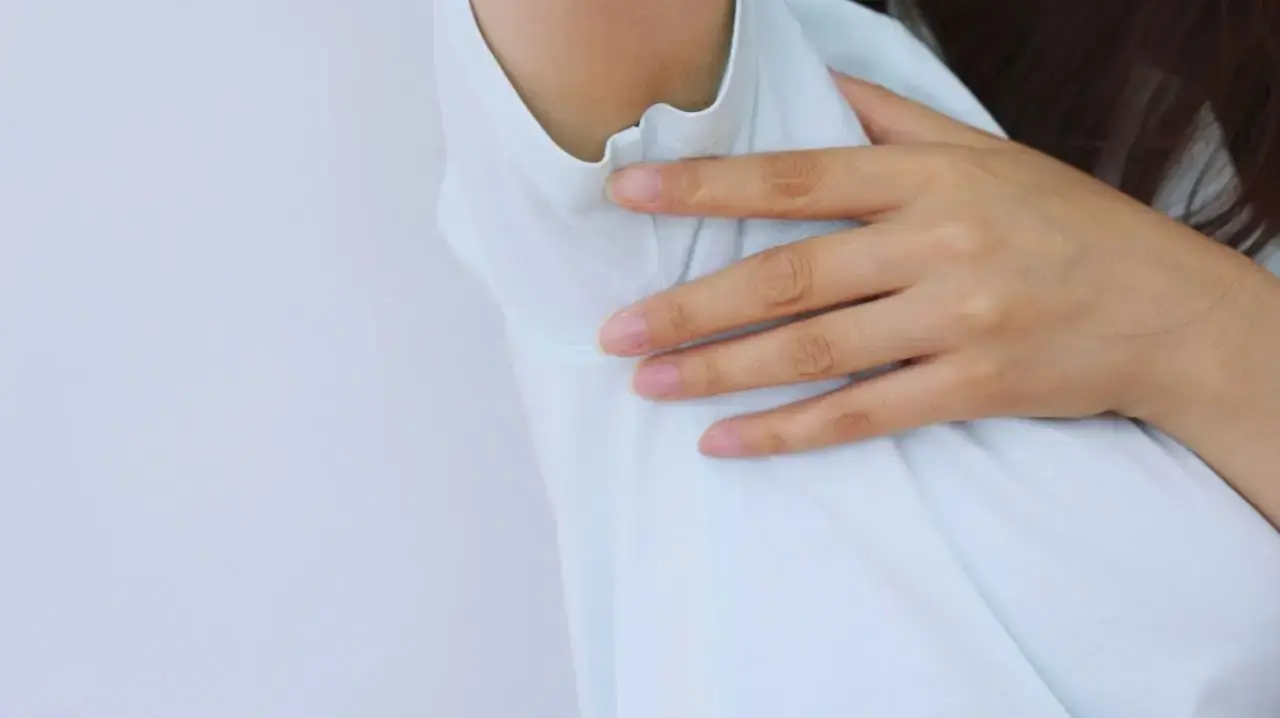
Three Types of Body Hair That Indicate Good Health in Women – The Unexpected Truth

Mulberries and Raspberries: Everyday Superfoods for Liver Health, Eye Care, and Kidney Support
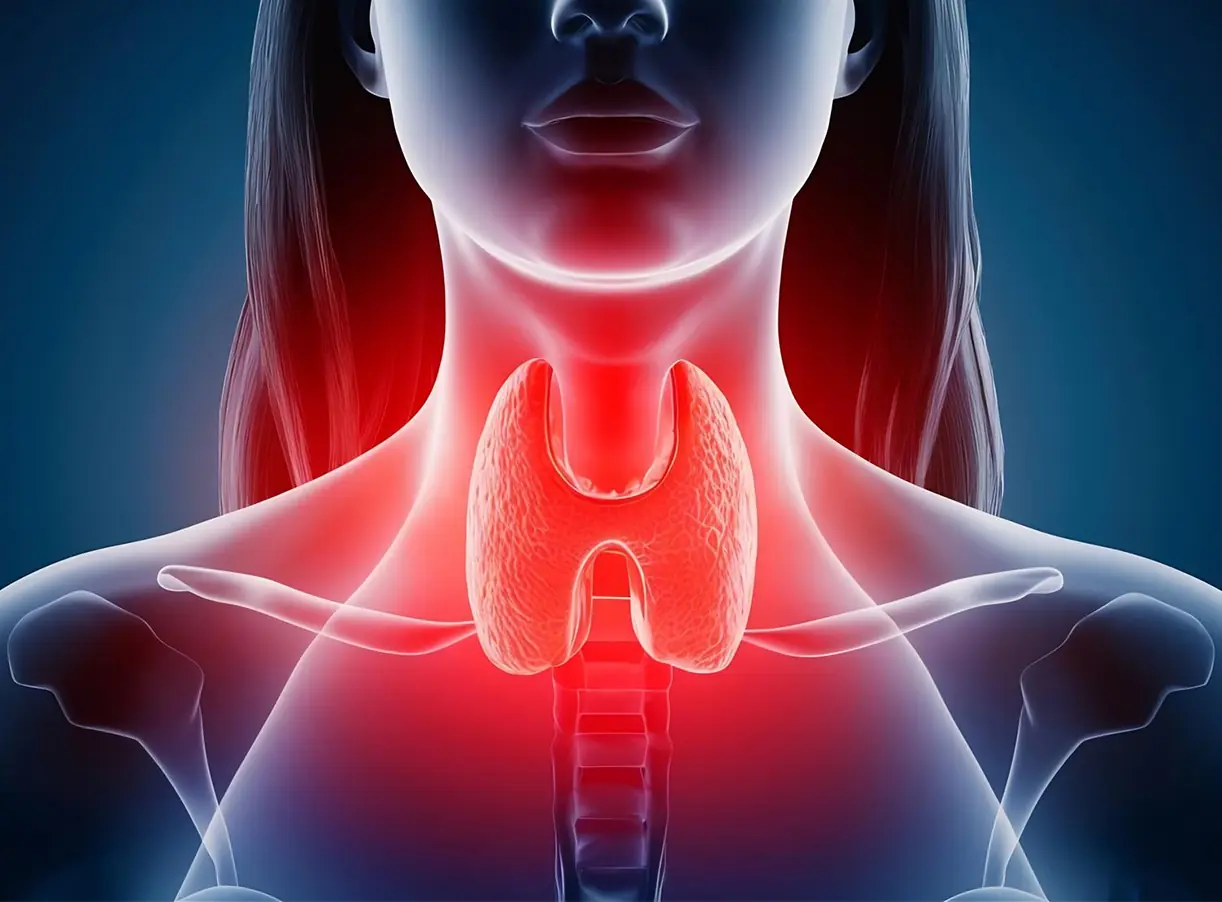
Should People with Thyroid Problems Avoid Soy? Warning: These 2 Supplements Could Accelerate Thyroid Cancer
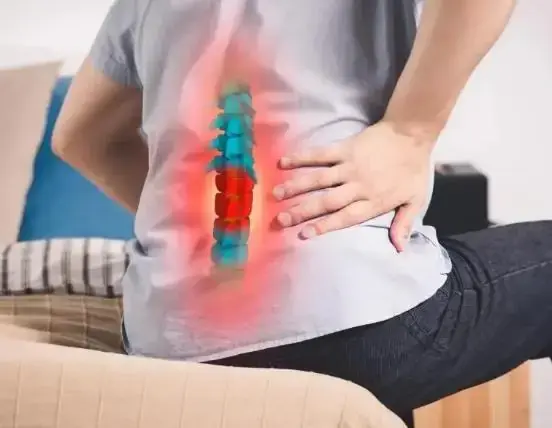
Call to Stop Eating This – Worse for Your Bones Than MSG! Warn Your Family to Remove It from the Table
News Post
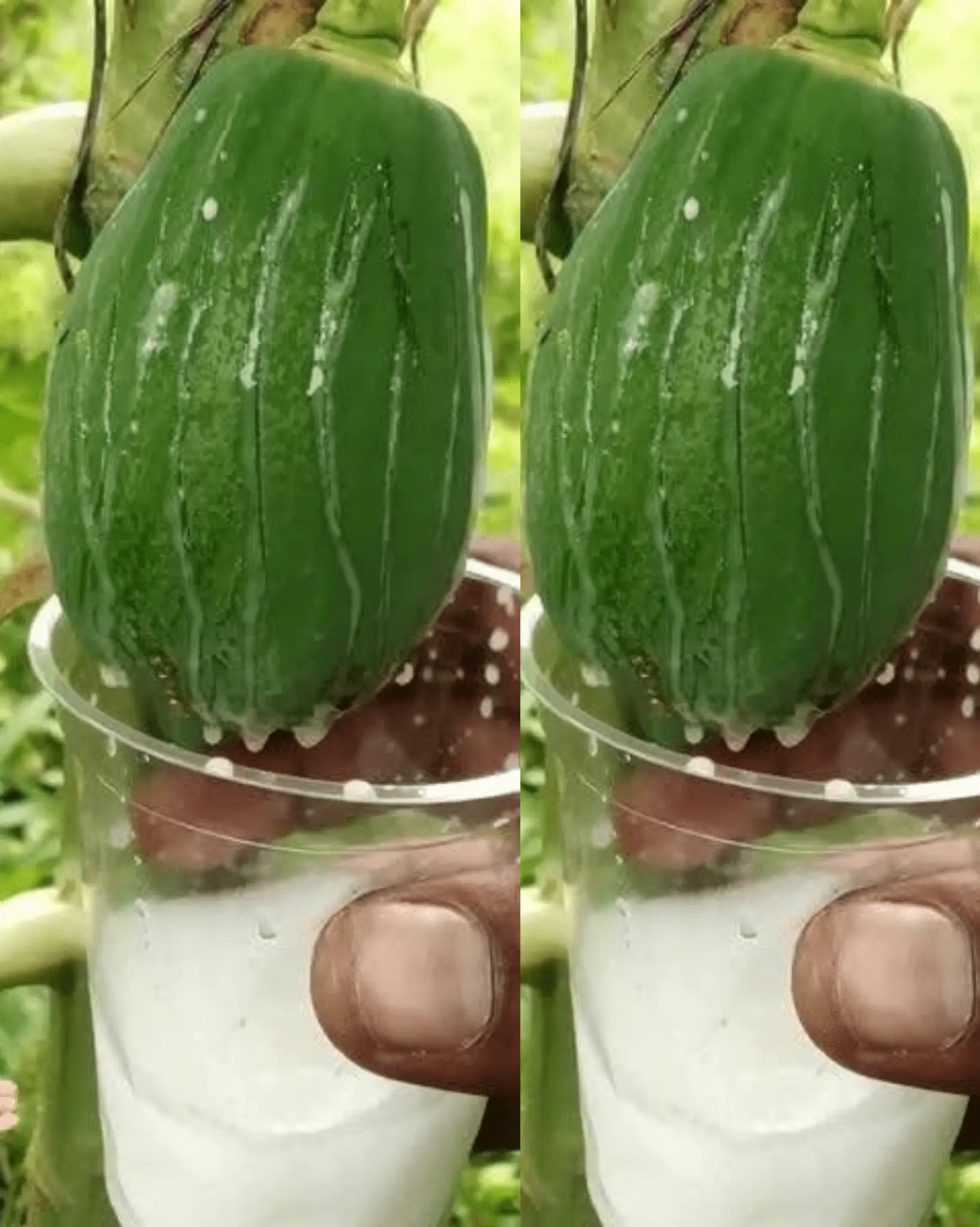
Papaya Sap: Nature’s Hidden Elixir for Health and Wellness
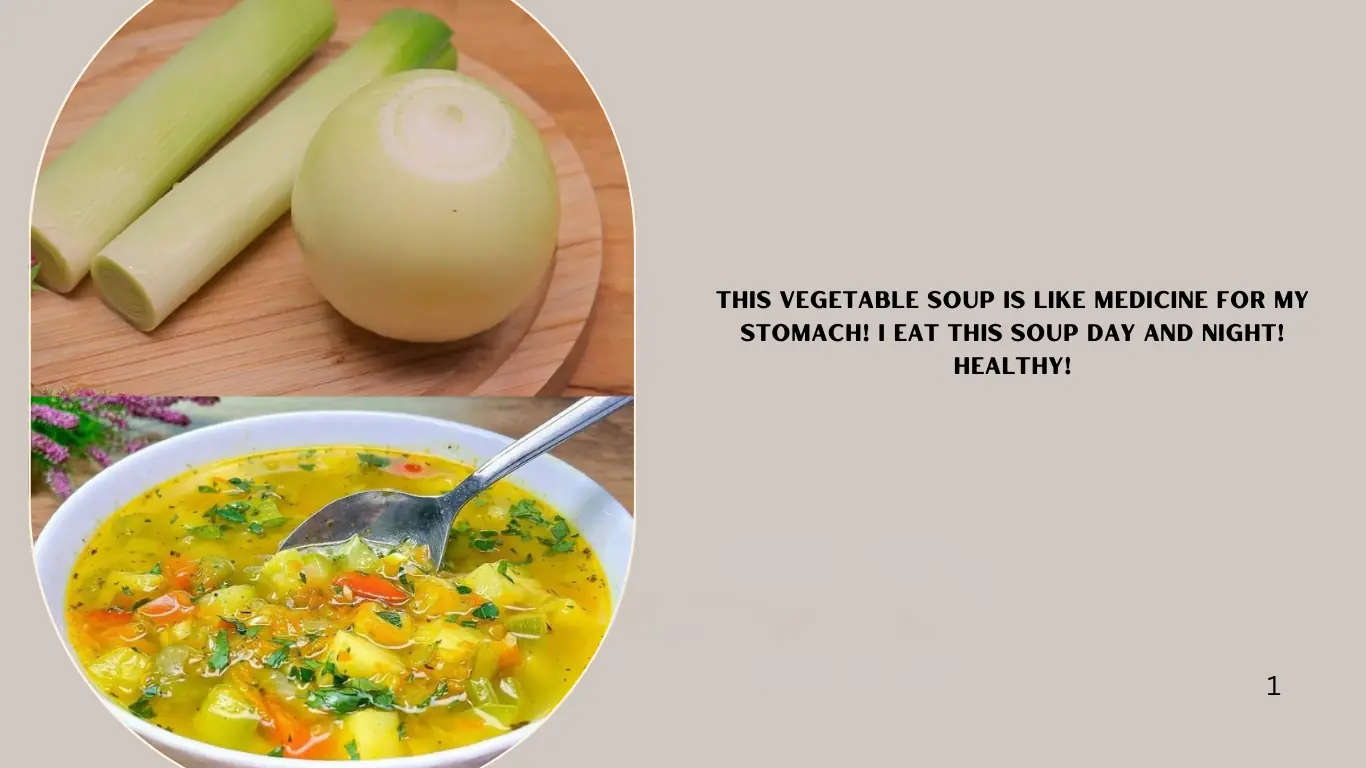
Hearty Vegetable Soup with Homemade Croutons 🥣✨
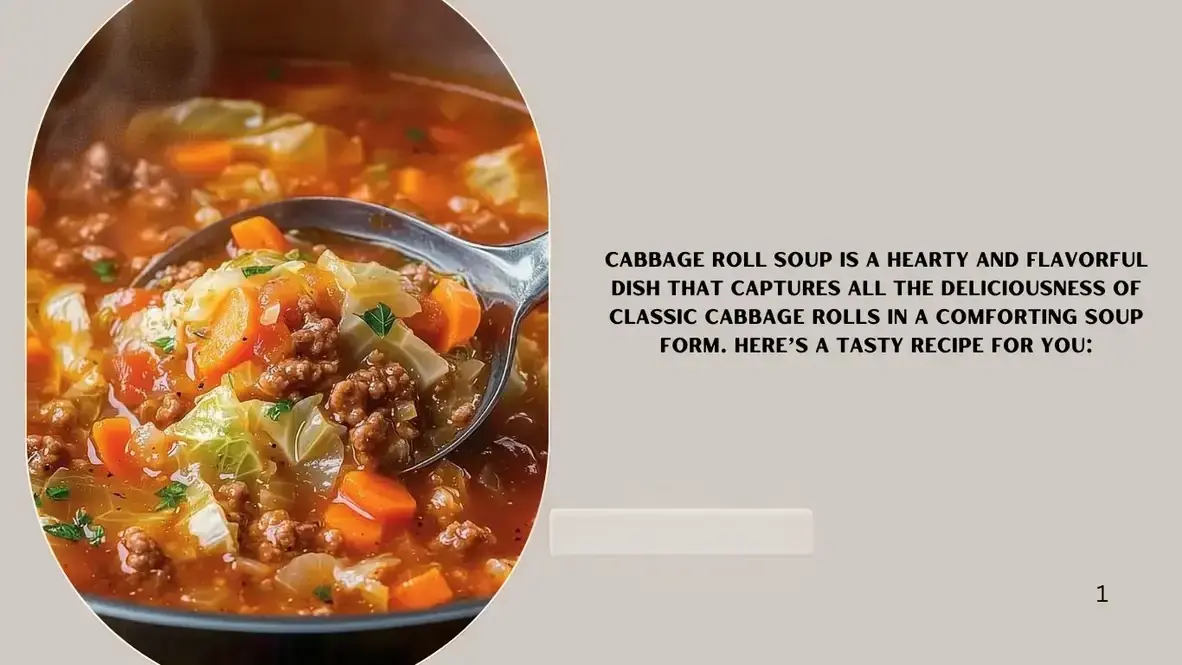
Cabbage Roll Soup 🥬🍲✨
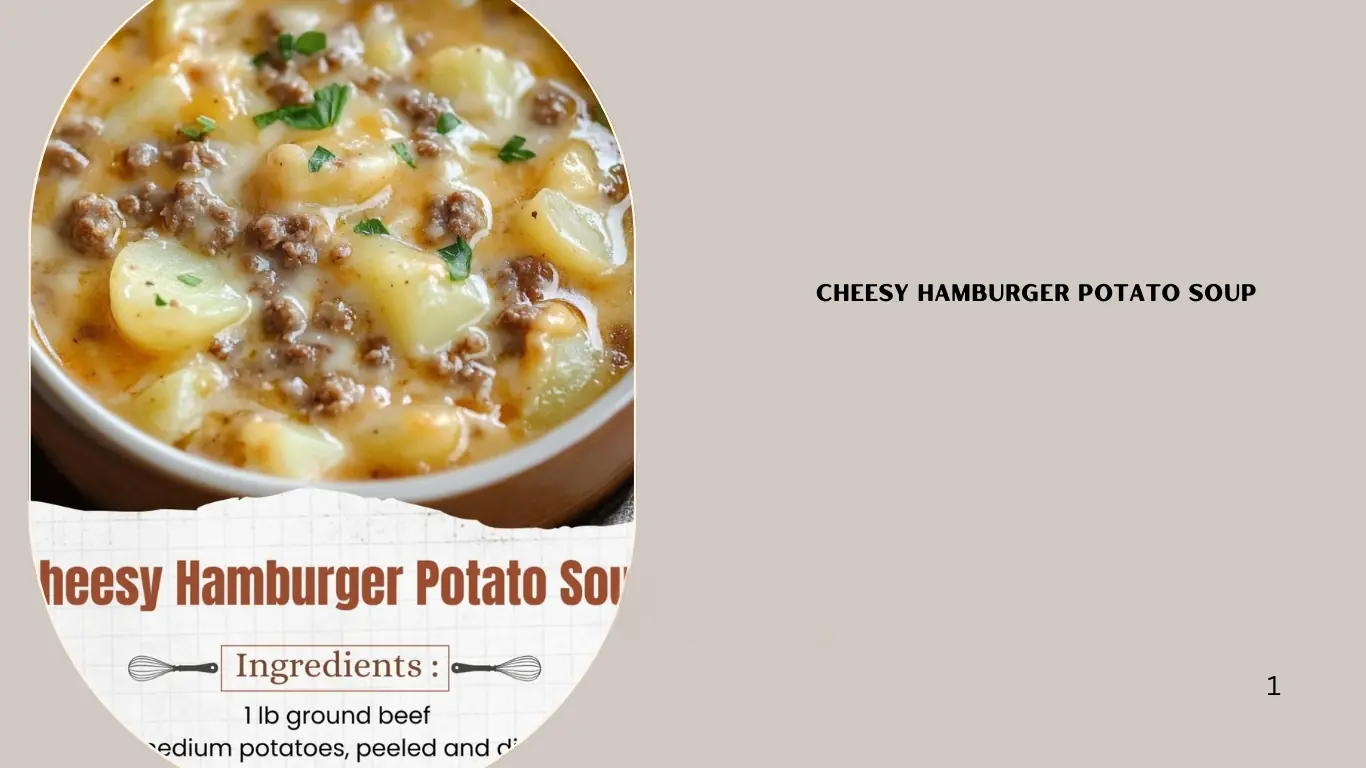
Cheesy Hamburger Potato Soup 🧀🥔🍲
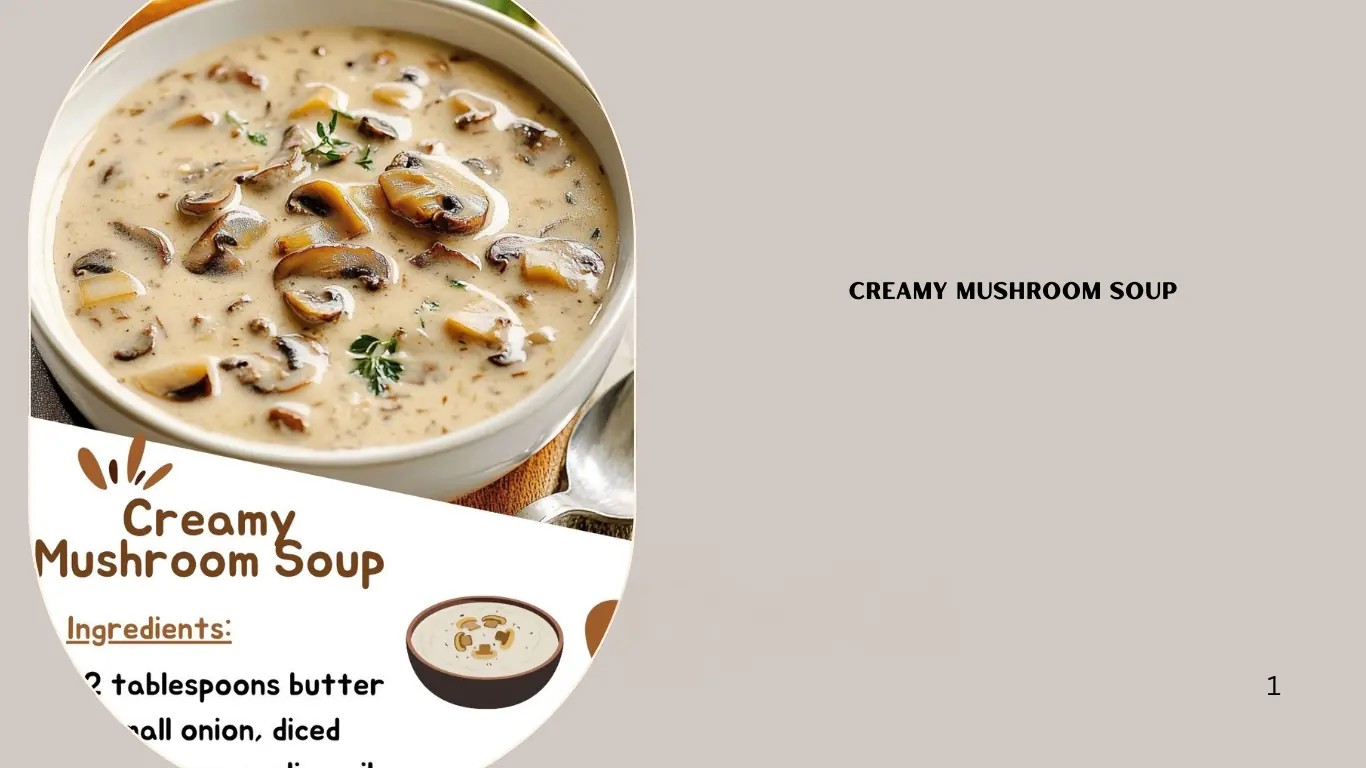
Creamy Mushroom Soup 🍄🥣✨

Easy Chicken Tortilla Soup 🍲🌮
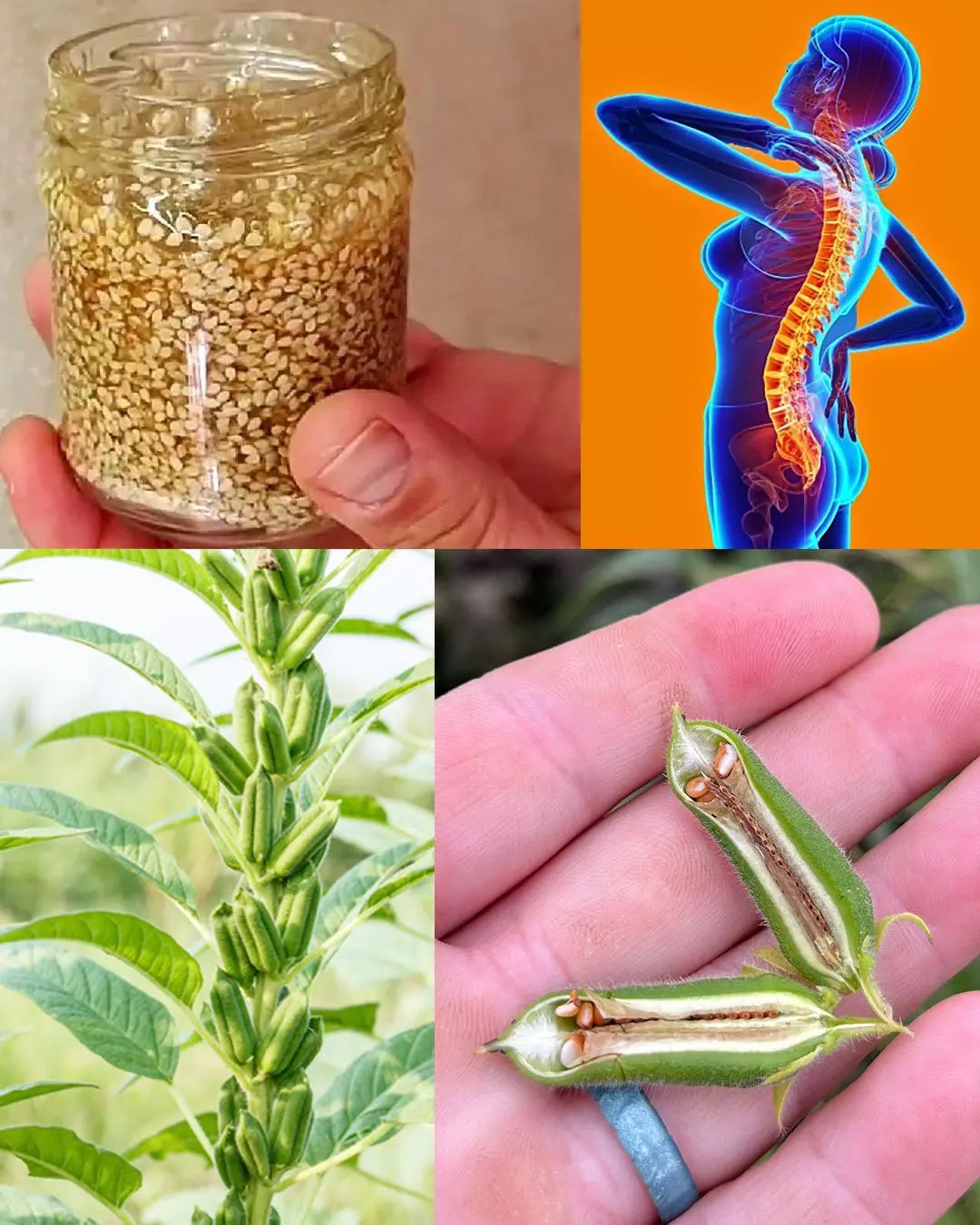
10 Incredible Health Benefits of Eating Sesame Seeds Daily – A Teaspoon a Day Can Transform Your Health!
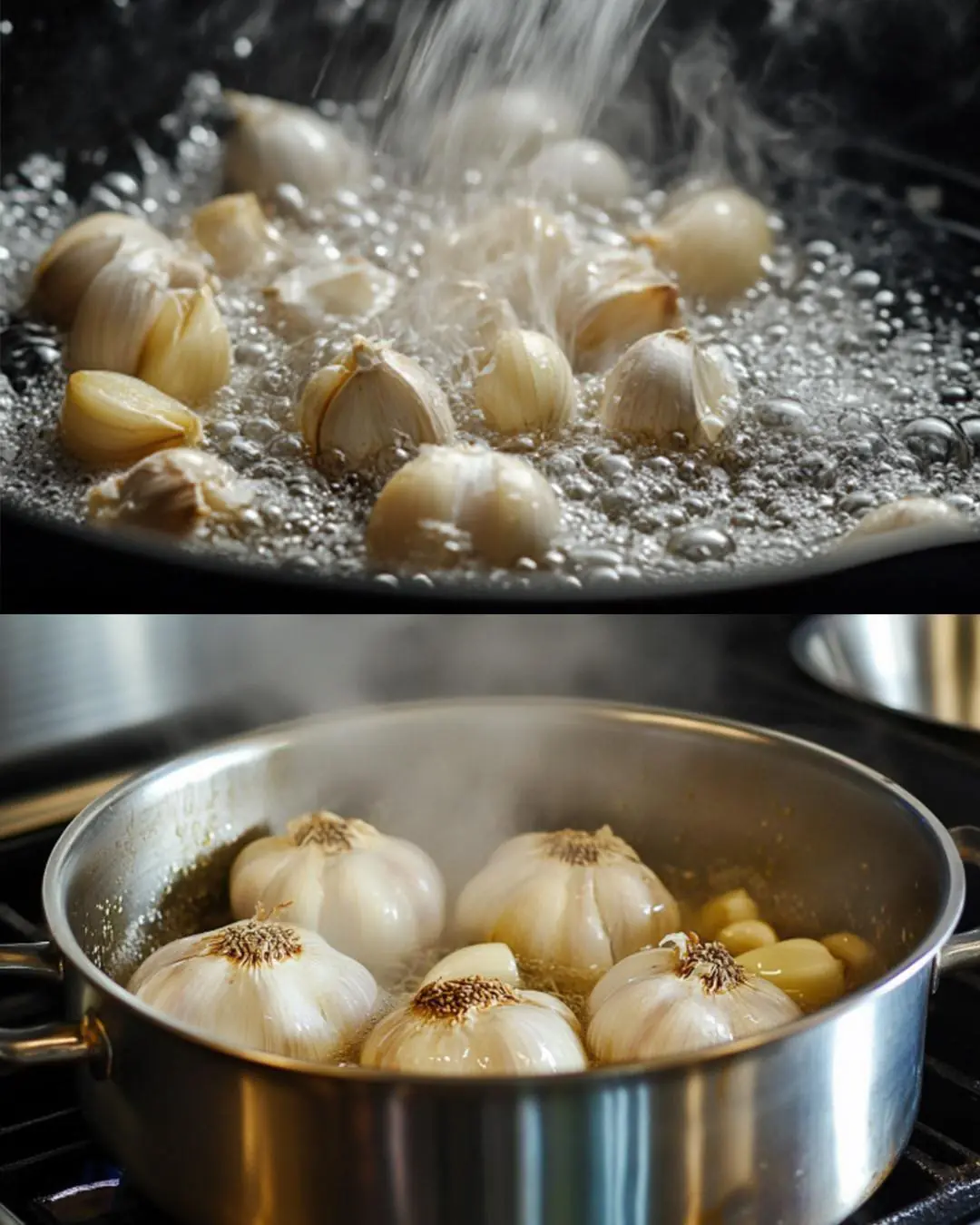
Boil 5 Cloves of Garlic in a Pan: A Natural Insecticide Solution for Your Garden 🌿🧄

Pinto Beans, Green Chile and Beef soup
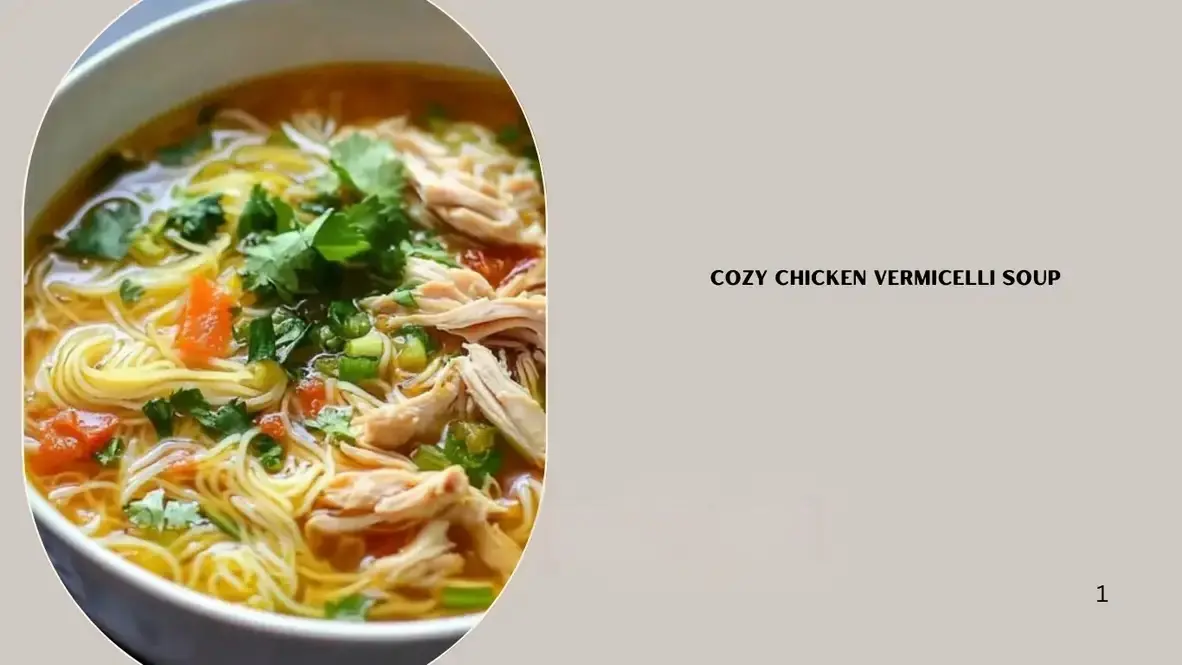
Cozy Chicken Vermicelli Soup Delight 🍜🥣

15 Breathtaking Natural Wonders of the USA – Must-Visit Destinations

10 Easy-to-Grow Houseplants – Bring Greenery and Fresh Air Into Your Home

Rise in Cancer Under 45: The Ultra-Processed Food Connection

The Ultimate Guide to Morel Mushrooms: Foraging, Cooking, and Health Benefits

Never Throw Away Basil Flowers: 5 Incredible Ways to Use Them

11 Powerful Health Benefits of Dandelion Roots
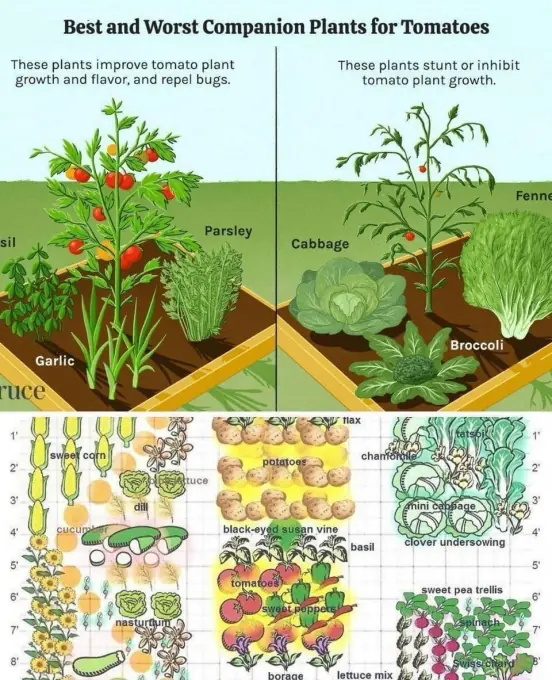
The Secrets of Companion Planting: Why Tomatoes and Cucumbers Don’t Get Along
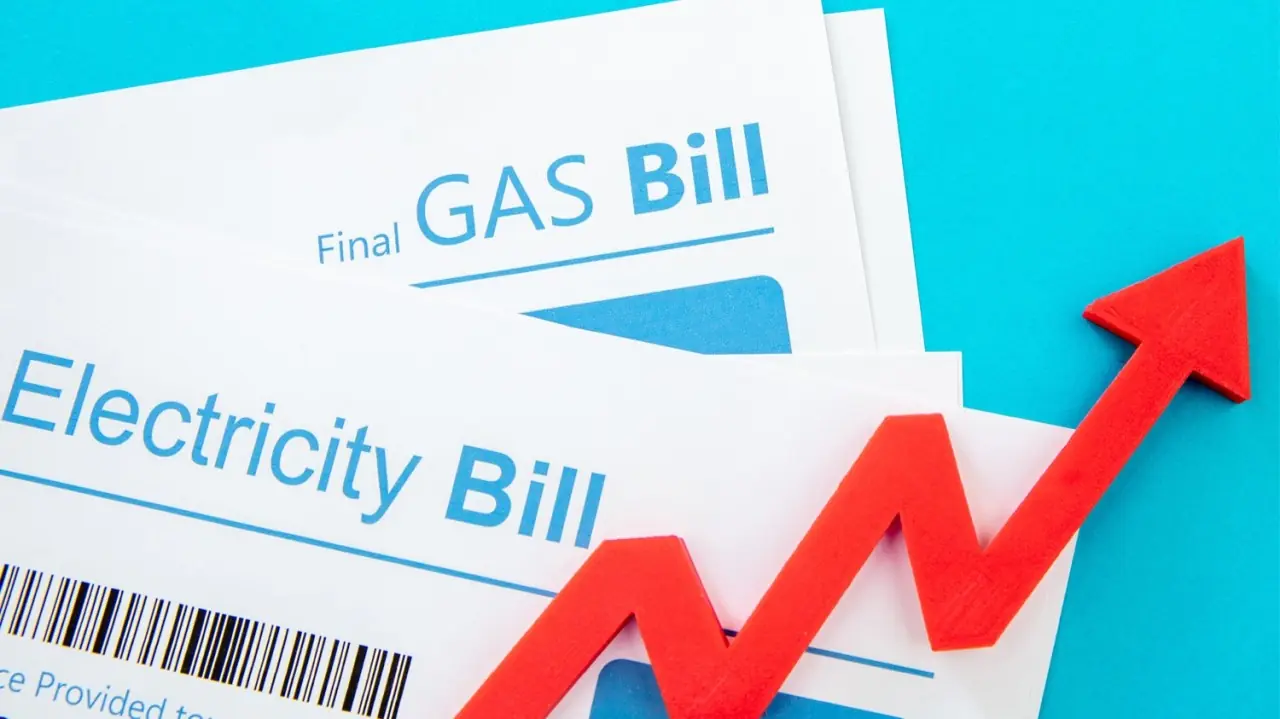
How to Cut Your Winter Electricity Bill by 30% – Smart Savings for Every Household

Eliminate Dry Cough, Lung Phlegm, and Sore Throat Naturally
